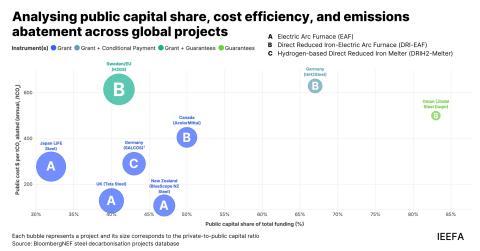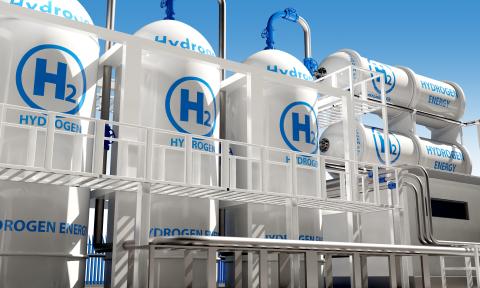
Key Findings
Shell’s Pennsylvania petrochemical plant is highly unlikely to meet its financial targets.
Reasons for optimism about the petrochemical industry’s outlook will probably be short-lived.
Forecasts suggest the margins for three major products at the Shell Pennsylvania plant will decline through at least 2028.
Slowing demand from China and overcapacity concerns are likely to suppress future margin growth.
Introduction
When Shell announced its massive petrochemical plant in western Pennsylvania in 2016, it provided very little transparency about its financial projections. An IHS Markit study estimated earnings before interest, taxes, depreciation, and amortization (EBITDA) of $575 million annually for a plant of similar size.
Even before the COVID-19 pandemic wreaked havoc on the economy, IEEFA and IHS Markit both suggested the markets were not likely to meet the targets. Between Shell’s 2016 announcement and the 2022 commencement of operations, Standard and Poor’s warned that petrochemical hubs were facing financial trouble globally. Shell also received violations for failing to comply with state air regulations.
A Sasol Louisiana petrochemical project also opened to weak performance, and a shareholder class- action lawsuit based on lack of transparency in light of adverse market conditions was successful. Sasol and complainants settled for $24 million and governance reforms to improve transparency. Sasol subsequently proceeded with greater transparency.
Formosa and Mitsubishi in Louisiana are experiencing delays in their Louisiana projects and CC Polymers has missed deadlines on their Texas PET (polyethylene terephthalate) production plant.
Shell has acknowledged it won’t meet its initial target of $1 billion to $1.5 billion of EBITDA from the plant until 2025, at the earliest. CEO Wael Swan estimated that the Monaca facility will more likely reach its financial goals in 2025 or 2026.
An IEEFA review of the numbers, however, suggests that even reaching its goals in 2026 might not be possible, and the company might be better off taking an impairment, reflecting the ongoing weak position of the project and the industry.

















